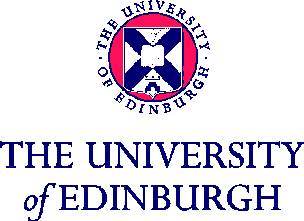Tracing the Tracing of the Trace: Going round in circles in the archive
Jenny Bunn, Lecturer and Programme Director, Archives and Records Management
Department of Information Studies, University College London
The ‘idea’ of the trace does not come from archivists, but it is an idea some of them have adopted, in particular through its incorporation into the so-called continuum model, which places the ‘trace’ on an axis of evidentiality in an intersecting dimension of creation. That it has been so placed highlights that in translation it can be placed at the core of archival theory, but that that core cannot be divorced from ideas of creation and evidence.
In this presentation I will report on my own exploration of the core, of what lies at the heart of the matter. I will explain how that exploration took me from archival theory and its fundamental principle of provenance into the work of cybernetic thinkers such as Humberto Maturana and Francisco Varela; and ultimately to the philosophical question of how it was possible to have knowledge of a world around us without “any point of reference independent of ourselves that would give certainty to our descriptions and cognitive assertions” (Maturana and Varela 1998, p.241).
The cognitive dissonance caused by being simultaneously convinced that I had arrived at the right question and yet aware that the question was beyond any kind of definite resolution has been a frustrating experience. I continue to work through it and in this paper I will attempt to see if translating into the terms of the ‘trace’ offers any new insights, or escape from my sense that what lies at the heart of the archival endeavour is not the trace, or even the tracing of the trace, but the tracing of the tracing of the trace, and that, as such, as an archivist, I am doomed to go round in circles forever.
Maturana H, Varela F (1998) The tree of knowledge: the biological roots of human understanding. Shambhala, Boston and London
Last updated: 30 January 2017




